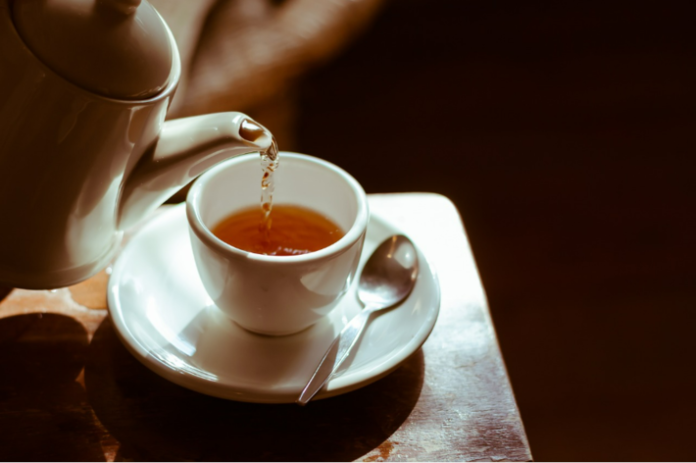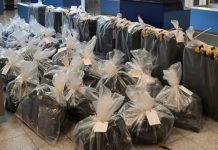A studay led by Manchester Scientists could see clothes being made from Black Tea
Sustainable fabric, which is often described as a ‘vegetable leather’ due to its aesthetic similarities to leather material, could be grown at home in black tea and kombucha, .
The fashion and textiles industry has a huge environmental impact, with some figures suggesting it accounts for 10% of the overall greenhouse gas emissions worldwide, as well as 20% of industrial wastewater pollution.
The industry is constantly looking at ways to reduce the environmental impact of textile waste, including using more sustainable manufacturing processes and finding new ways of dealing with waste clothes and materials.
Greener alternative fabrics are also considered to help with the problem with everything from pineapple to spider silk and coffee grounds, being used to create new materials.
When we consider the damage that is being caused to the environment by the fashion and textiles industry, it is vital that we find alternative materials and processes to make a positive change.
But now a new study, led by Manchester Metropolitan University and published in Textile Research Journal, has found it could be possible to make sustainable fabrics at home using a material called bacterial cellulose (BC).
BC can be grown in a solution of black tea, sugar and kombucha – a popular health drink containing a range of yeasts, bacteria, and cultures.
Researchers also analysed how suitable the material would be for use to make clothes and found it to be highly resistant to scuffs and scratches, making it ideal for use as protective clothing, including motorbike leathers.
Dr James Redfern, Senior Lecturer in Microbiology and Molecular Biology at Manchester Metropolitan University, said: “When we consider the damage that is being caused to the environment by the fashion and textiles industry, it is vital that we find alternative materials and processes to make a positive change.
“Our study has found that it could be possible to grow sustainable materials in our own homes, ideally using items which can be bought over the counter such as kombucha, tea and sugar.
“We can create the conditions needed to grow the material at home, so a laboratory environment isn’t necessary.
Bacterial Cellulose (BC) – a biodegradable, biomaterial produced by bacteria – has been considered for some time by the industry to be a potential sustainable alternative for textiles and apparel.
The kombucha-grown textile has a variety of properties that would make it an ideal alternative to conventional textiles, specifically leather, having demonstrated it is stronger, more durable and easy to mould into shape to create different garments.
The material is also compostable and in pure form, doesn’t consist of impurities usually found in textiles such as waxes and other chemicals, which are energy and chemically intensive to deal with.
However, little research has been done to assess how well the material performs in comparison to conventional textiles, particularly for use as clothing, until now.
For the study, researchers tested the most effective solutions for growing BC sheets, which form as a biofilm on top of the liquid solution.
After testing a variety of readily available liquids, including tea, beer and coconut water, they found that a solution of sterile black tea and sugar worked best with kombucha culture – making it possible to grow BC sheets easily at home in the right conditions.
Researchers also tested how effectively the material performed as clothing once it was grown, including analysing how strong and durable the fabrics were and how water resistant they were.
Findings showed that the home-grown BC was extremely resistant to abrasion, even more so than some animal leathers.
However, when it came to resistance to breaking under tension, the BC sheets were not as strong as conventional animal leather. BC sheets were also found to retain more moisture than other clothing materials.
Scientists concluded that based on these findings, clothing made from BC would be best suited for protective outerwear, potentially with applications for work wear, or motorbike leathers. The material could have other potential uses, including as absorbent medical dressings, in beauty products, and as filters.
Jane Wood, Manchester Met PhD student who conducted the study, said: “When we tested the fabrics to see how suitable they would be as different clothing types, they showed lots of promise, particularly when it came to abrasion resistance.
“If we can find a way to solve the issues around water absorbency, without compromising the biodegradability of the fabric, we could have a real contender for high performance protective wear.”
“What we could see in the future is people growing their own materials for clothing at home, or at the very least clothing could be made more locally, and even recycled at home as it can biodegrade.”







